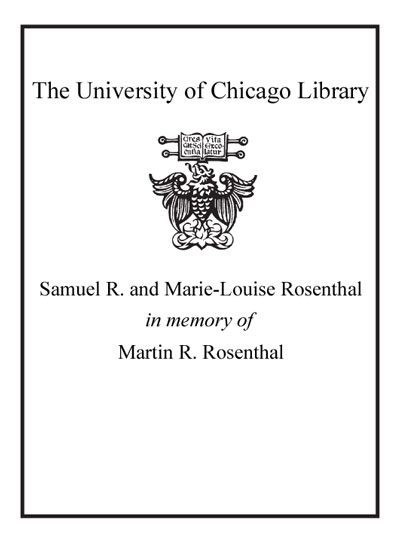Review by Choice Review
Collaborative autoethnography (CAE) is a relatively new qualitative social inquiry method that utilizes ethnography, autobiography, and researcher collaboration. CAE goes beyond autoethnography, a methodology in which researchers collect data from their own life stories and examine it within sociocultural contexts. Chang previously wrote Autoethnography as Method (CH, Mar'09, 46-3928). Multi-researcher CAE takes place collectively and cooperatively within teams ranging from two to a dozen, allowing for self- and collective analysis. The authors (all, Eastern Univ.) here present a cogent and practical guide to the collaborative process. Clearly delineated chapters explain CAE and its benefits and challenges; project typologies; project preparation, including team formation and determining researcher roles and research focus; data collection and interpretation; writing; and applications. Diagrams, extensive references, and a sample list of writing prompts for self-reflective data collection contribute to the volume's usefulness. In the epilogue, the authors describe their recent CAE research project. The appendix includes a reprint of a 2010 article by seven authors who examined mothering, using CAE methodology. As a relatively recent field of social inquiry, CAE previously was the subject of articles only. This volume provides a clearly articulated explanation of CAE and step-by-step guide to conducting research. Summing Up: Highly recommended. Upper-division undergraduates and above. M. Cedar Face Southern Oregon University
Copyright American Library Association, used with permission.
Review by Choice Review

